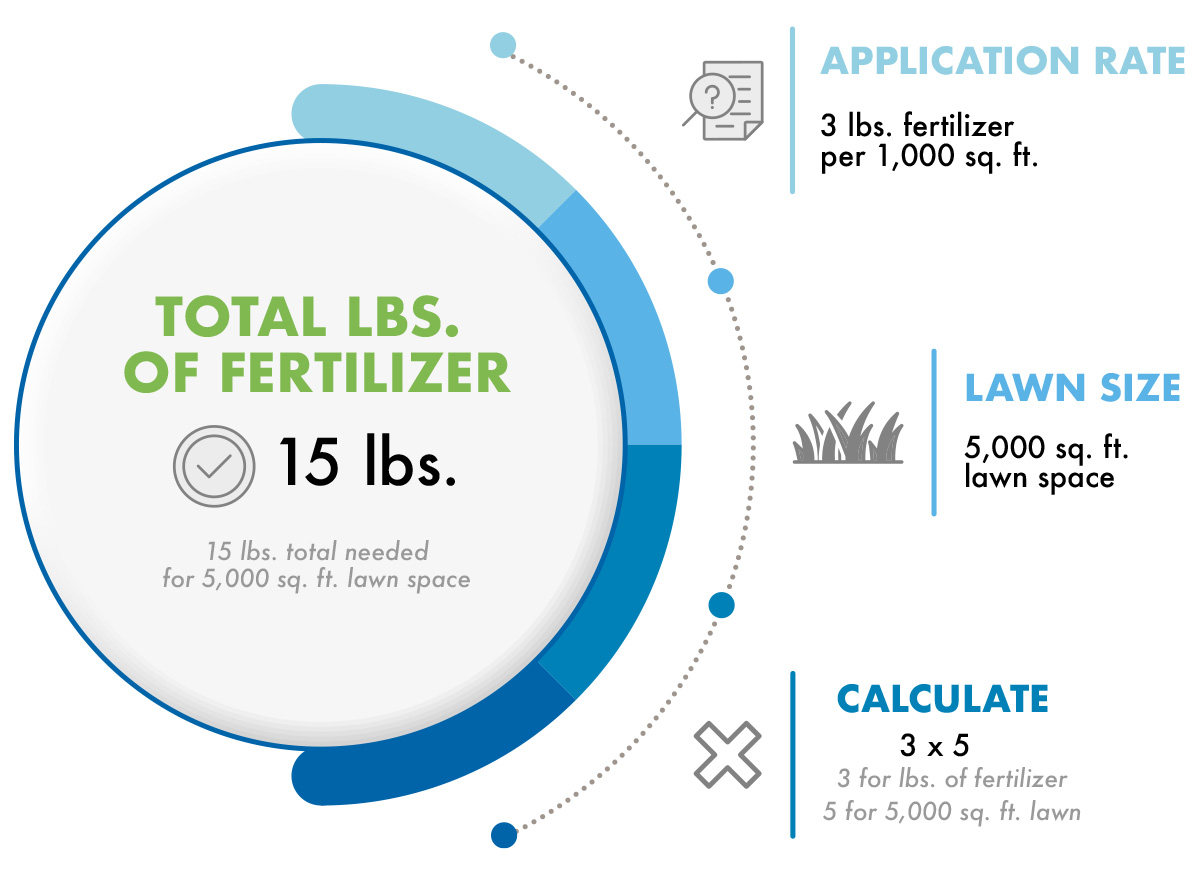Guest Author: Tom Andrews @dadslawn
The Importance of fertilizing and watering
Spring is here, and most are now considering reseeding and fertilizing their lawn. I wanted to dig deeper into getting the importance of fertilizing and watering. I wanted to briefly touch on “how much fertilizer do I need, and how important is watering; alongside a strong fertilizer program?”

Consult Professionals
I am not a professional or licensed lawn applicator or lawncare professional. I am a DIY’er with many years of DIY experience. While I have consulted with a few lawn professionals, please refer to your local extension office and a well-respected local professional in your area before purchasing and applying fertilizer products to your lawn, especially if you are genuinely new to this. Also, please start by reading fertilizer labels before using, as they list “PPE” (personal protective equipment) recommendations, maximum rates, and other vital restrictions and precautions. The importance of fertilizing and watering your lawn is the difference between a luscious lawn and an unhealthy lawn.
The first thing many of you ask when purchasing a bag of fertilizer is likely, “how much do I need?” Before answering that, you need to know how large your lawn is. When measuring your yard, you want to measure the grass area you wish to treat or maintain. The method of doing this can vary by the size of that space.
Measuring Your Lawn
Measuring your lawn can be as simple as walking it off, with one foot in front of the other, and counting off steps. Don’t forget; the area is generally width x height. So, with that simple math in mind, you will walk the perimeter of your lawn, subtracting the area your house takes up, landscape beds, etc. For an easy calculation, check out Melnor’s lawn size calculator.
Others may like a more straightforward approach, especially those with more significant properties or obstacles in your lawn. For that, countless websites and apps are available and can be reasonably accurate in measuring yards from satellite images. One of my favorite websites for measuring my lawn is measuremylawn.com. This website makes it as easy as placing markers on a picture of your property, connecting the dots, and letting the tool measure for you.
Measuring Your Fertilizer
Now that you’ve got the lawn measurement, you can go to your local home and garden store and find a bag of fertilizer you want to apply. Once you have selected the product you are interested in applying, you will/should see on the front of the bag (usually in a lower front corner) the maximum area the bag will cover (i.e., 5,000 sq. ft.)
The amount listed as the max coverage is the maximum rate the manufacturer recommends you apply with that specific fertilizer (each fertilizer is different and has different rates). Alongside providing their recommended max rate, on the back, many even list a minimum, middle/medium/average, and again the max speed.
Now, you have your lawn measurement and the recommended rates for applying your product. There are always other factors to consider, such as time of the year, state of the lawn, weather forecast, lawn type, type of spreader, and so many more. With that, I will again refer to my prior posts; for other basics to consider before applying.
For this example, I like to start by using granular fertilizers as it is the most common fertilizer type purchased. While liquid fertilizers can have countless benefits, the hose end fertilizers can be much easier and generally more straightforward to apply, so that we will skip those for today’s tutorial.
To begin, you will need a scale, bucket, and spreader. For a scale, I personally like to use a standard bathroom scale (zeroed out with empty bucket weight), a 5-gallon bucket, and the recommended PPE. Now that everything is gathered and ready, you need to refer to the fertilizer label and your preferred application rate.
Let’s use an example rate of 3 lbs. per 1,000 sq. ft. on a 5,000 sq. ft. lawn. You will take three times 5 (for the 5,000 sq. ft. lawn) divided by 1 (1,000 sq. ft. lawn size rate) and get 15 lbs. Now you will grab your fertilizer and pour 15 lbs. of product into your empty bucket; on your zeroed-out scale. Once you’ve got your 15 lbs. of fertilizer, you will pour that into your spreader and apply that on your lawn at the spreader and fertilizers recommended setting.

When to Water Your Lawn After Fertilizing?
Fertilizers are chemicals; thus, having an established watering schedule is very important when fertilizing your lawn. Without this, you risk “burning your lawn using a fertilizer alone.” Some manufacturers call for watering before application, but most require a specified amount of water applied within a set window after application.
For example, many lawn professionals typically say to wait 24 hours before watering your lawn after fertilizing. But ensuring that it receives a good watering session soon after that 24-hour waiting period is crucial. Ensuring your lawn is watered will assist in getting those fertilizer nutrients into the soil, so your lawn can quickly and easily absorb them.
Watering can be done by in-ground irrigation, hose-end sprinklers, hose-end sprayers, or simply timing your application perfectly with a forecasted light and steady spring shower. The ideal time to water the lawn is early morning, at sunrise (or immediately beforehand). If you water your lawn mid-day, the water will evaporate too quickly from the hot sun. Watering at night can cause fungal growth.
Watering Frequency Tips
The general rule for lawn watering is 1 to 2 inches per week. So, give your lawn a good “soaking” with deep watering. Water your yard until the soil is moist to a few inches deep (using a ruler or rain gauge). The exact time to soak your lawn will depend on your property, water pressure, and sprinkler system. On average, it could take around 45 minutes to an hour.
In the early Spring, we recommend watering 1 to 2 times a week once the fertilization season starts (because of frequent rainfall). You can water up to 3 to 4 times weekly in the summer heat. Each fertilizer product has its unique watering requirements. Please refer to the label of your fertilizer for the manufacturer’s recommended watering amount and timing.
Deep down, everyone wants that deep green, well-manicured lawn. Feel free to check my previous posts, breaking down the timing, process, and types of fertilizers to use in your lawn; to keep it looking healthy and eye-catching. For a handful of tips on “fertilizing 101, see our spring, summer, and autumn fertilizing guides for more info on what to do seasonally.




